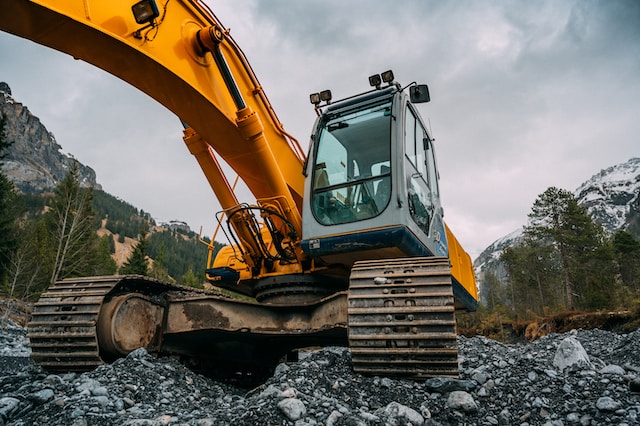Excavators are heavy equipment that helps construction workers carry out tasks like digging trenches and demolishing a site. They can also be equipped with different tools to handle different kinds of work.
These machines are easily recognizable with their arm, bucket, and rotating cab on an undercarriage that moves over tracks or wheels. With the right tool attached, these excavators can accomplish various tasks.
Crawler Excavator
Crawler excavators, also known as power shovels or diggers, have powerful engines and large buckets for mining and heavy digging jobs. They can also be fitted with different attachments, such as drills or demolition hammers.
Wheeled excavator Boston, MA, features rubber tires and can work on improved surfaces like finished concrete or asphalt. They’re a popular choice for ditch-cleaning projects and digging around utility installations. They can also be equipped with various attachments, such as buckets, booms, and arm extensions for various digging and lifting applications.
Crawler excavators have a tracked undercarriage that maintains great contact with the ground, creating a stable machine (as opposed to wheeled excavators, which depend on their tires, dozer blades, and outriggers for stability). It’s important to inspect the undercarriage for uneven wear or damage routinely. This will help ensure that your machine is functioning optimally and maximizing productivity.
Skid Steer Excavator
A skid steer is ideal for small construction projects requiring precision control. It is lighter and smaller than its excavator counterpart, so it can travel across rough terrain and easily maneuver in tight spaces.
A skid steer can perform demolition and landscaping work when equipped with the right attachments. For example, shears can quickly demolish flooring and concrete in tight spaces.
Other useful skid steer attachments include a grading bar for backfilling and a rake attachment that can be used to level and aerate soil. A skid steer can also be fitted with a snow blower for serious winter cleanup.
A good skid steer will have reduced tail swing and, in some cases, zero tail swing, which makes it easier to operate and maneuver. It will also be more fuel efficient, and maintenance will be simpler. The smaller size of a skid steer makes it more portable, which can be beneficial if you need to transport it between different job sites.
Wheeled Excavator
While excavators on steel tracks are still favored by contractors in many parts of the world, more and more North American operators are opening their minds to a wheeled excavator alternative. This versatile machine features a boom, arm, and bucket on top of a cab that rotates on a superstructure supported by an undercarriage with either wheels or tracks.
This makes it an excellent choice for work on improved surfaces, such as finished concrete or asphalt, where a tracked excavator could cause damage to the surface. It’s also a good option for projects that require the excavator to be transported over long distances between job sites, such as airport runway rework or sidewalk reconstruction.
A hydraulic system powers the movement of the boom, stick, and bucket. It’s capable of various tasks, including digging, trenching, demolition, debris removal, material handling, and dredging. It’s also compatible with various attachments, including breakers, shears, grapples, and sweepers.
Long Reach Excavator
A long-reach excavator typically has an incredibly long arm and boom, allowing it to dig in hard-to-reach areas. This excavator is often used for digging canals, lagoons, and riverbeds.
Unlike conventional crawlers or wheeled excavators, this type of machine needs more frequent maintenance and care because it experiences greater strain on its components. In particular, its cylinders need daily flushing to prevent the build-up of mud or dust, which can contaminate the system and lead to breakdowns.
With a telescopic boom, operators can use long-reach excavators to cut poles or lift pipes. They can also be used to demolish buildings in a controlled demolition process. This method is exponentially more effective than a wrecking ball and mitigates job site safety risks for workers and nearby structures. Over time, manufacturers have introduced tilting cabs and additional protection to boost operator comfort, precision, and efficiency. Moreover, they have developed job-specific attachments such as shears and demolition processors.




